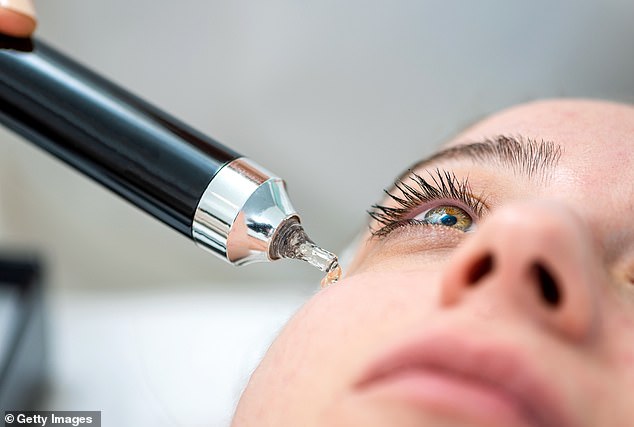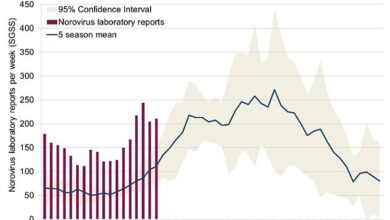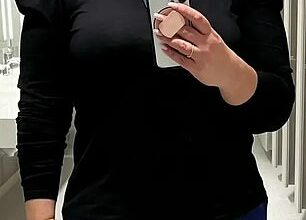The astonishing new jab with a very surprising ingredient that could treat vision loss in people over 50



A gel that is injected into the eye has been developed to treat the most common cause of vision loss in people over 50. There are currently no treatments for this.
The injection contains donated umbilical cord blood and is intended to rejuvenate cells in the retina, the light-sensitive spot at the back of the eye.
Treatment is aimed at dry age-related macular degeneration (AMD), which occurs when deposits called drusen build up in the retina. These deposits are largely made up of waste products. At the same time, the macula, the central part of the retina, becomes thinner, leading to a gradual loss of central vision.

The shot contains donated umbilical cord blood and is designed to rejuvenate cells in the retina, the light-sensitive patch at the back of the eye
Early results from ongoing studies show that the macula thickens in eyes treated with the gel, suggesting it may slow degeneration and vision loss. An estimated 700,000 people in the UK have AMD. There are two types, wet and dry, but about 90 percent of cases are dry AMD, which typically develops gradually. Symptoms can include visual distortions, such as straight lines appearing curved, and reduced central vision, which can make it harder to see faces, read, drive or do close-up work.
This can develop into wet AMD, when blood vessels grow into the macula, leaking blood and fluid, which can lead to rapid vision loss over months or even days. There is treatment for wet AMD, with regular injections of a drug to stop the new blood vessels from developing, but these will not restore vision.
There is no treatment for dry AMD, but aids such as magnifying glasses can help.

Dr Gwyn Williams, an ophthalmologist at Singleton Hospital in Swansea, says existing treatments for other eye conditions use tissue taken from the placenta
For the new, ongoing study, researchers from the Fondazione Policlinico Universitario in Rome are giving injections of platelet-rich plasma (PRP) derived from donated umbilical cord blood to 36 patients with early-stage AMD.
PRP is a mixture of blood cells (called platelets) and plasma, the liquid component of blood. It is made by spinning blood at high speed, which creates a jelly-like fluid.
Platelets contain growth factors that help heal wounds and repair cell damage. PRP injections have been used since the 1970s to treat a number of conditions, including sports injuries and hair loss.
Cord blood is particularly rich in platelets and growth factors, and also contains higher levels of anti-inflammatory substances. Inflammation is thought to play a role in retinal cell death in dry AMD, and previous studies have shown that AMD patients have higher blood levels of C-reactive protein, a marker of inflammation.
Each of the 36 patients in the trial will receive between four and twelve injections of PRP in one eye. The other eye will receive a sham injection – to serve as a comparison for assessing the effects of the treatment.
An earlier trial of 13 patients to assess the safety of the injections found that none of the injections had side effects or complications, and after six months the macula of the untreated eyes was thinner than that of the treated eyes. The full results appear in the November issue of Ophthalmology Science.
Dr Gwyn Williams, an ophthalmologist at Swansea Bay University Health Board and Singleton Hospital, says existing treatments for other eye conditions use tissue taken from the placenta. He adds: ‘The technology here is truly bespoke.’
“There has been an effective treatment for wet AMD for two decades, but until now there has been nothing for the common dry AMD patient. This is exciting research.”
- Curcumin, the main active ingredient in turmeric, may help treat age-related macular degeneration (AMD). The Journal of Personalized Medicine reports that the compound has shown promising effects in animal and lab studies – it’s thought to reduce inflammation, thereby preventing the death of cells in the retina.




